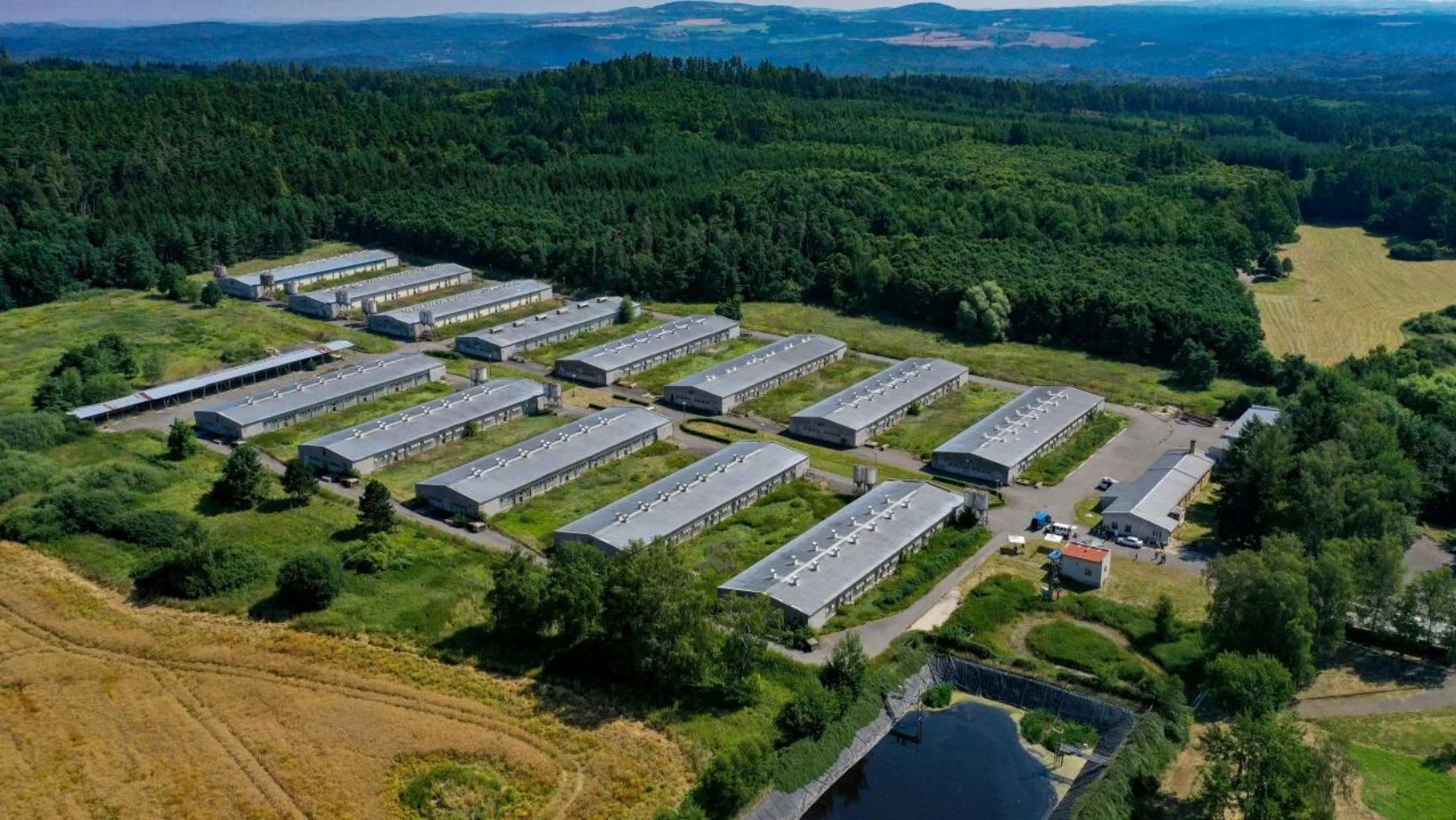The piggery, a giant industrial operation, stood on the remnants of the Nazi-era Roma concentration camp near Lety, about 80 kilometers south of Prague, and was built in the early 1970s after the Communist regime rejected a proposal to build a Romani Holocaust memorial there.
It took 50 years for the country to recognize the farm was a disgrace to the memory of those held in the camp and to flatten it.
The demolition started last summer and is now nearly finished – with a memorial to be opened on the site next year. But to many Roma people, the saga remains a symbol of the racism, discrimination and prejudice they still face on daily basis.
They believe the farm was allowed to be built because the prisoners were Roma, a group that remains the most marginalized community in the Czech Republic.
The Lety camp was one of two “Gypsy camps” operating in the German-occupied Protectorate of Bohemia and Moravia during World War Two.
Roughly 1,300 Czech and Moravian Roma and Sinti men, women and children were held there from August 1942 to August 1943, according to historical records. Sinti people are a specific subgroup of Roma people who came to Europe in the Middle Ages and settled in mainly German-speaking countries.
At least 326 people, most of them children, are known to have died there. When the rest were deported to the Nazis’ Auschwitz concentration camp following a typhoid epidemic, the camp was leveled and largely forgotten.
The forgotten Holocaust
The Nazi genocide of Roma and Sinti people is sometimes referred to as “the forgotten Holocaust,” according to Jana Horváthová, a Czech historian and director of the Museum of Romani Culture in Brno, the Czech Republic’s second city.
Historians believe that between 25% and 70% of Europe’s Roma population was murdered during the war. In what is now the Czech Republic, as much as 90% of the original Czech and Moravian Roma and Sinti population perished, according to historians.
Yet even West Germany only officially recognized the racial background of the Roma genocide in 1982, 30 years after formally acknowledging its responsibility for the Jewish Holocaust. On a wider European level, it took until 2015 for the European Parliament to pass a resolution formally recognizing Roma genocide.
Evidence of the scale of the crimes inflicted on Europe’s Roma population is still being collected and examined – and the estimates of the number of victims keep changing, Horváthová said, as more evidence is uncovered.
According to the most recent annual report from the Czech government’s Council for Roma Minority Affairs, Roma people are still by far the most marginalized minority group in the country. Official surveys quoted by the report show a majority of Czechs consistently rank Roma people as the “least likeable” minority group, behind Muslims and Russians.
Another survey quoted in the report said that 25% of Czechs said they wouldn’t let out their apartment to a large family with a typical Czech surname. When the surname was changed to a traditional Roma name, the number of those refusing to let it rose to 60%.
-
NEWSLETTER
Subscribe for our daily news










